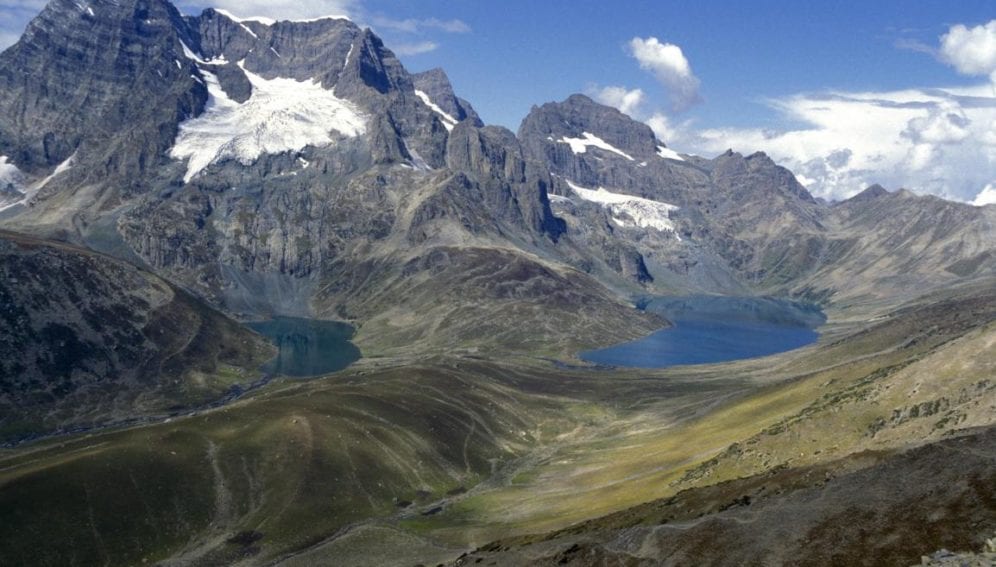Send to a friend
The details you provide on this page will not be used to send unsolicited email, and will not be sold to a 3rd party. See privacy policy.
Developing countries with mountainous areas need to improve their monitoring of local climate change and its impact on drinking water sources, a report warns.
The study, published in Nature Climate Change last month (23 April), examined research on global warming in high altitude areas and concluded that there is growing evidence that mountains are warming faster than the global average. The danger is that the effects of such warming are inadequately monitored, leading to uncertainty around future drinking water supply and biodiversity protection, the paper says.
“Glaciers, permafrost and snow cover provide an important insurance policy for maintaining water flow in rivers, especially in the dry seasons and during times of drought.”
Lonnie Thompson, The Ohio State University, the United States
“Where we do have good data, such as on the Tibetan Plateau, there is strong evidence that [mountains] are warming more rapidly,” says Nicholas Pepin, one of the study authors.
The paper says this could affect large populations at lower altitudes for whom mountains act as ‘water towers’ as they receive large amounts of precipitation and are the source of many rivers and glaciers.
Pepin, a climate scientist at the University of Portsmouth in the United Kingdom, says there are few climate monitoring stations at high altitudes because they are expensive to install and maintain in such areas. Therefore climate data is mostly obtained from low altitude locations, potentially skewing the picture of what is really happening on mountains, he says.
According to Pepin, data monitoring capacities are particularly bad in some parts of the Himalayas, and on mountains in Africa and South America.
Another complication is that many different ecosystems coexist in mountain areas, he says. One side of a mountain valley may have glaciers and the other may not, for example. Therefore it is hard, Pepin says, to get samples that are representative of the overall mountain.
There are also limitations in the computer models used to predict global temperatures as mountains are too small to fit on these models in a reliable way, he adds.
Lonnie Thompson, a climate researcher at The Ohio State University in the United States, says that if mountains warm faster, this could change the behaviour of glaciers, rain patterns and, ultimately, river systems, which could devastate communities at lower altitudes, says. Many people rely on water from mountains for drinking, electricity, irrigation and industrial processes, he says.
Roger Barry, a geographer at the University of Colorado at Boulder, also in the United States, says stronger networks of mountain monitoring posts are needed to improve data collection and better prepare for the impact of mountain warming.
Pepin says scientists and funders should be made aware of this issue. “There’s been a very successful campaign by scientists to raise the awareness of Arctic climate change,” he says. “But mountains haven’t really had the same attention.”
References
Nicholas Pepin and others Elevation-dependent warming in mountain regions of the world (Nature Climate Change, 23 April 2015)














